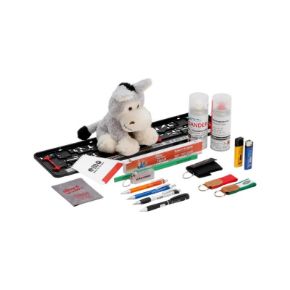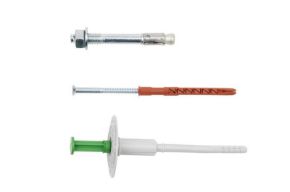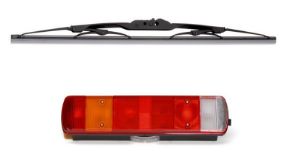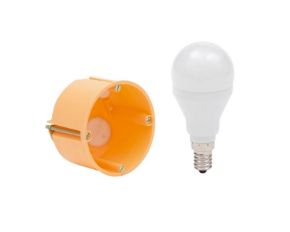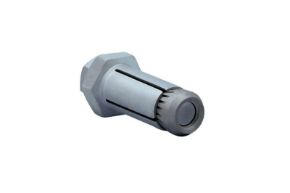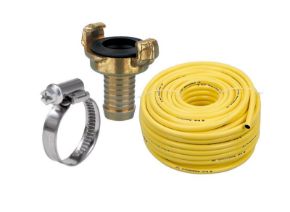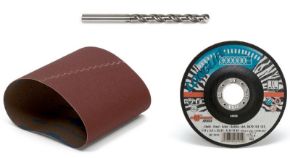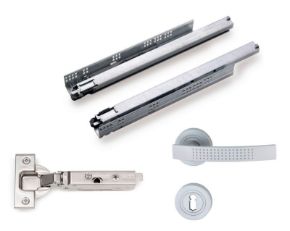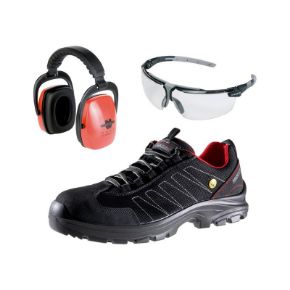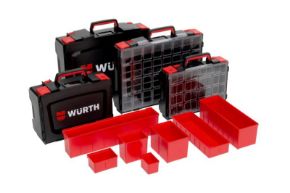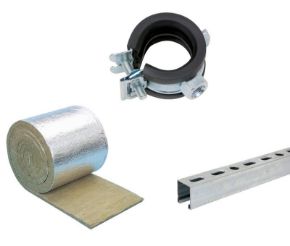The brush is one of the oldest and most widely used tools by different types of tradespeople. In the Würth online shop you will find an extensive range of paintbrushes, strings and brushes for every occasion. Here you can find out what needs to be considered when choosing thesehairy helpers - and how they remain useable for a long time.
Bristle, ferrule, handle: the quality features of high-quality brushes
A good brush relies on a high-quality handle with a firm ferrule that keeps the main hair securely in check. Not all bristles are the same. The better the brush, the more dense the hair is. These in turn consist of natural and artificial bristles - or a sensible combination of these. Natural fibers such as the very popular China bristles absorb color particularly well and last longer. Artificial bristles - such as those made of polyester - in turn ensure optimized color distribution and are more resistant.
Don't be afraid of hair loss and shaggy: tips for new brushes
With new brushes it is normal that some hairs stick out to the side or get lost before the first use - even with high quality tools. Before starting work, simply wipe the tool thoroughly between your fingers or carefully pull it over sandpaper. Professional tip: With new natural bristle brushes , it is advisable to bathe the hair in linseed oil to make it more supple and then - wrapped in paper - let it rest for a few days. You can then dry the brush and work with it optimally.
The selection of the brush: (not) a hairy thing
The type of brush required is determined on the one hand by the paint and color system and on the other hand by the area of application. In the following, we summarize the most important things for you for the practical selection and long-term care of the bristle tools. This will allow you to completely eliminate possible problems with painting and varnishing in the future.
Wash and dry once, please! - The right care for a long brush life
The optimal care of brushes begins with the work with them: as good as new and clean colors naturally also protect the tool. In addition, it is sufficient to only dip about a third of the brush into the paint. Apart from irregular coats of paint, when brushes are completely sunk upside down, the paint collects very stubbornly between the hair and the shaft.
Professional cleaning of paint brushes and brushes
After work is before work: Brushes are best cleaned thoroughly immediately after use - with water-based paints with water, with solvent-based paints and varnishes with solvents such as turpentine. The bristles stay soft and flexible for a long time thanks to a regular shower with curd soap and thorough rinsing with clear water. Finally, the tool is best stored with the bristles hanging down. Frequently used brushes are often treated to a long bath in so-called half oil: Simply mix linseed oil varnish and turpentine in equal parts.T

